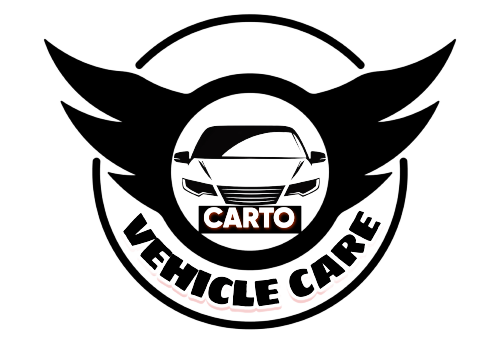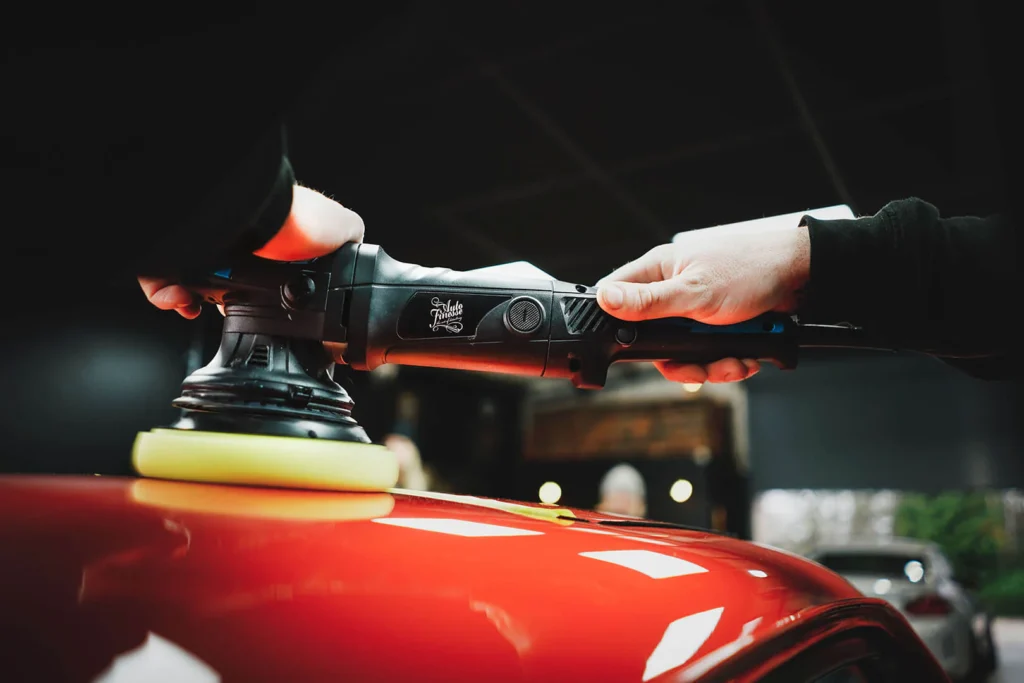Master Car Buffing: Achieve a Stunning Professional-Grade Polish
Introduction Achieving a professional-grade polish on your car might seem daunting, but with the right tools, techniques, and a bit of patience, you can make your vehicle look like it just rolled out of the showroom. Buffing not only enhances the appearance of your car but also helps protect the paint from environmental damage. This guide will walk you through the basics of car buffing, from understanding the different types of buffers to mastering the techniques needed for a flawless finish. Understanding Car Buffing Definition and Purpose of Buffing Car buffing is the process of using a machine or manual tool to apply a buffing compound to the car’s surface to restore its shine and remove imperfections. The primary purpose of buffing is to eliminate minor scratches, oxidation, and other blemishes from the car’s paint, resulting in a smoother, glossier finish. Buffing can significantly enhance the appearance of a vehicle, making it look newer and more well-maintained. Benefits of Buffing Your Car Differences Between Buffing and Polishing While buffing and polishing are often used interchangeably, they are distinct processes with different purposes: Buffing: Polishing: Types of Buffers 1. Orbital Buffers Orbital Buffers, also known as Random Orbital Buffers, operate with a random, elliptical motion. This means the pad moves in both a circular and an elliptical motion, which helps to minimize the risk of creating swirl marks or holograms on the paint. 2. Rotary Buffers Rotary Buffers have a single, continuous rotation motion. The pad spins in a circular direction around a fixed axis. 3. Dual Action (DA) Buffers Dual Action (DA) Buffers combine the features of both orbital and rotary buffers. They have a dual-motion action where the pad rotates and oscillates simultaneously. Preparing Your Car for Buffing 1. Washing and Drying the Car Washing and drying the car are fundamental steps to remove loose dirt and debris that could cause scratches during the buffing process. 2. Claying the Surface to Remove Contaminants Claying is a process that removes embedded contaminants that are not removed by washing alone. This step ensures a smooth surface, which is essential for effective buffing. 3. Taping Off Sensitive Areas Taping off sensitive areas protects trim, plastic, and rubber components from accidental damage during the buffing process. Buffing Techniques 1. Applying the Compound or Polish Applying the right product effectively is crucial for successful buffing. 2. Working in Small Sections Working in small sections ensures even application and better control. 3. Using the Correct Speed and Pressure Adjusting speed and pressure properly ensures effective buffing without damaging the paint. Addressing Common Buffing Issues 1. Swirl Marks Swirl marks are fine, circular scratches often caused by improper washing techniques or buffing with a dirty pad. 2. Holograms Holograms are reflective patterns that appear as swirls or lines, often caused by improper buffing techniques or using the wrong products. 3. Burn Marks Burn marks are caused by excessive heat generated during the buffing process, which can damage the paint. Finishing Touches 1. Final Polishing Steps Final polishing helps to refine the paint, remove any residual haze left from the buffing process, and enhance the overall gloss. 2. Applying a Sealant or Wax for Protection Sealant and wax provide protection and enhance the shine of the paint. They create a barrier against environmental contaminants and UV rays. 3. Inspecting Your Work for Missed Spots or Imperfections Inspecting the finished product is essential to ensure that no areas were missed and that the paint correction is consistent throughout. Conclusion Detailing your car effectively involves careful preparation, correct techniques, and safety precautions. Start with thorough washing and claying, then use the right buffing and polishing methods to achieve a glossy finish. Regular maintenance, including washing and waxing, helps protect and enhance your car’s appearance. Always prioritize safety by handling chemicals and tools properly and ensuring good ventilation.

